|
Size: 5317
Comment:
|
Size: 5604
Comment: Info added to de-script namespace
|
| Deletions are marked like this. | Additions are marked like this. |
| Line 1: | Line 1: |
| = wpfDialogBox = ~-<<SeeSaw(section="table-of-contents", show="true", seesaw="false", toshow="<<(Show>> table-of-contents)", tohide="<<(Hide>> table-of-contents)", speed="Slow")>>-~ |
|
| Line 2: | Line 6: |
= wpfDialogBox = |
|
| Line 158: | Line 160: |
| Optionally to de-script the namespace you can do: `#.wpfDialogBox←{('n' ⎕NS ⍵)⊢n←⎕NS ''}#.wpfDialogBox` |
wpfDialogBox
Contents
Overview
wpfDialogBox is a Dyalog namespace containing methods to show dialog boxes in a WPF application. Check the comments of each methods for more information.
Typical Usage
To Query for a Folder
path←DialogFolder
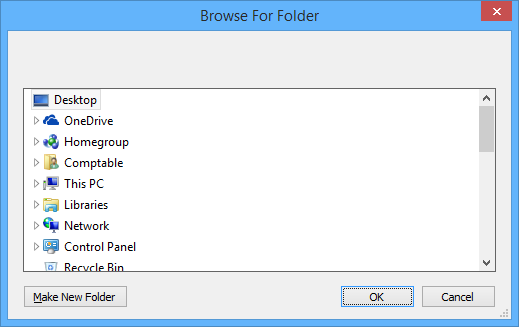
To Query for a File Name to Open
path←DialogOpenFile
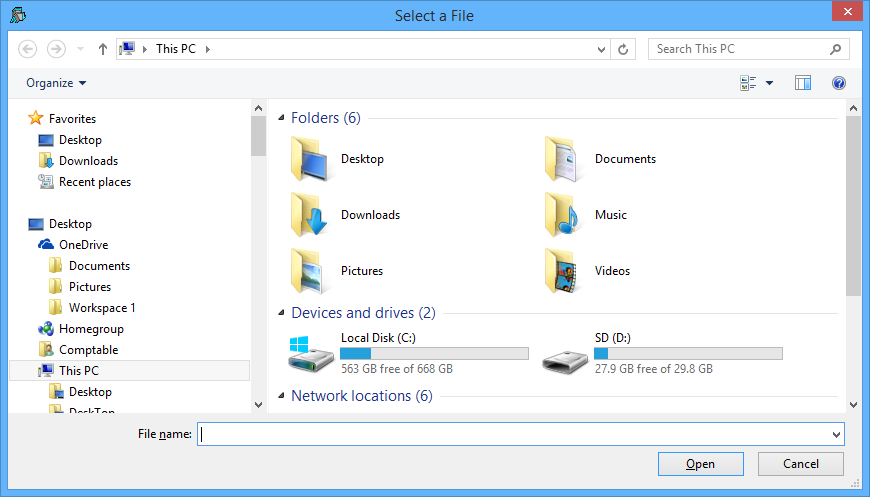
To Query for a File Name to Save
path←DialogSaveFile
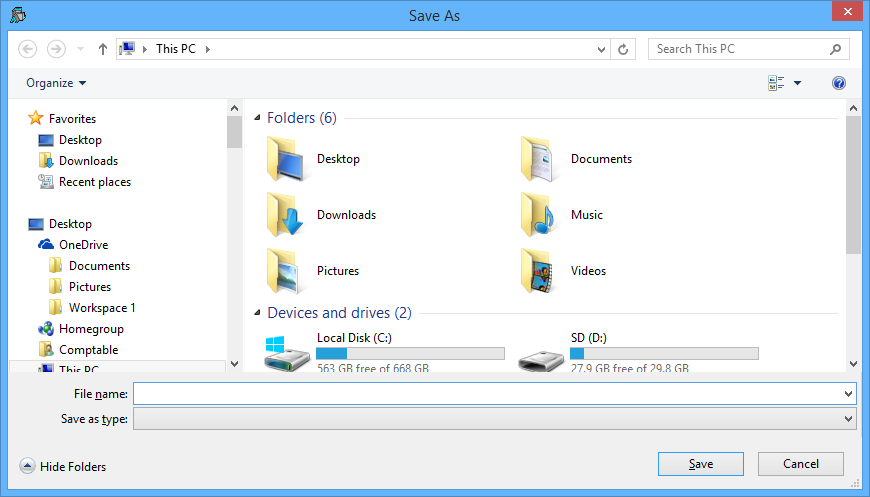
To Show an Error Message
response←ShowError 'This is an Error Message' 'My Program Name - Error' 'YesNoCancel'
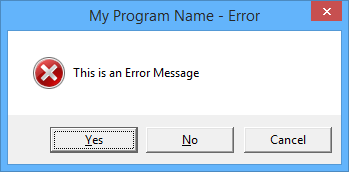
To Show an Information Message
response←ShowInfo 'This is an Information Message' 'My Program Name - Info' 'YesNoCancel'
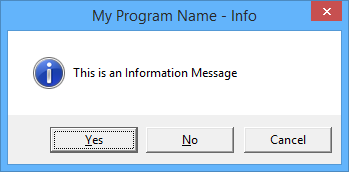
To Show a Warning Message
response←ShowWarning 'This is a Warning Message' 'My Program Name - Warning' 'YesNoCancel'
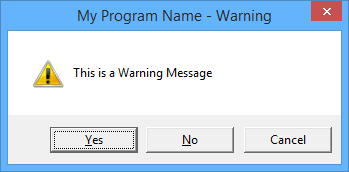
Custom WPF Dialog Box
For a custom WPF dialog box you can consult the function CustomMessageBox ( Show the code)
How to install wpfDialogBox in your workspace
Download wpfDialogBox.v1.0.txt
- Do a Select all (Ctrl+A) and a copy (Ctrl+C).
In your workspace execute )ed ⍟ wpfDialogBox
- Paste (Ctrl+V) the text into the Dyalog editor
- Press Escape and ')save' your workspace
Optionally to de-script the namespace you can do: #.wpfDialogBox←{('n' ⎕NS ⍵)⊢n←⎕NS ''}#.wpfDialogBox
Version Information
Original author: |
Pierre Gilbert |
Responsible: |
|
Email: |
<apgil AT SPAMFREE videotron DOT ca> |
CategoryDyalog - CategoryDyalogDotNet - CategoryDyalogWpfUtilities - CategoryDotNet
 APL Wiki
APL Wiki